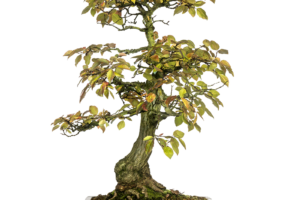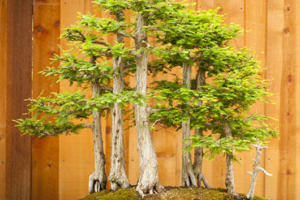YouTube
Chinese Elm Specimen Root Over Rock Bonsai Tree
Root Over Rock Bonsai
Root over rock bonsai is a unique and beautiful style of bonsai that involves growing a tree’s roots over a rock or stone. This style of bonsai is both aesthetically pleasing and challenging to create, making it a popular choice among bonsai enthusiasts.
The first step in creating a root over rock bonsai is selecting the right tree. Trees with strong, flexible roots are best suited for this style of bonsai. Some popular choices include juniper, elm, and maple. Once you’ve chosen your tree, you’ll need to prepare the rock or stone that the roots will be grown over. It’s important to choose a rock that is the appropriate size and shape for your tree, and that has a rough surface for the roots to grip onto.
Before planting your tree, you’ll need to create a hole in the rock that’s large enough to accommodate the roots. This hole should be as deep as the root ball of your tree. Carefully place the tree in the hole, making sure that the roots are wrapped securely around the rock. You may need to use wire or string to secure the roots in place while they take hold.
It’s important to note that root over rock bonsai requires a specific type of soil. A well-draining mix of soil, such as akadama, pumice, and coarse sand should be used to fill the hole around the roots and rock. This will ensure that the roots have enough oxygen and that the soil doesn’t become waterlogged.
Once your tree is planted, it’s important to keep it well-watered. The soil should be kept consistently moist, but not waterlogged. It’s also important to fertilize your tree regularly, using a balanced fertilizer, such as a 10-10-10 fertilizer.
Pruning is an important aspect of maintaining a root over rock bonsai. Regular pruning will help to control the tree’s growth and shape it into the desired form. It’s important to be selective when pruning, as removing too much foliage can damage the tree.
Repotting is also important for root over rock bonsai. The tree should be repotted every two to three years. This will ensure that the tree has enough room to grow and that the soil remains fresh. When repotting, be sure to use a well-draining soil mix, and be careful not to damage the roots.
It’s important to keep in mind that root over rock bonsai is a slow-growing style of bonsai. Patience is key when creating this type of bonsai, as it can take several years for the roots to fully take hold of the rock. However, with proper care and attention, your root over rock bonsai will be a beautiful and unique addition to your collection.
In conclusion, growing a root over rock bonsai is a challenging but rewarding task that requires patience and attention to detail. The key to success is selecting the right tree, preparing the rock, and using the right soil and fertilization. Regular pruning and repotting will also be important to maintain the health and shape of your root over rock bonsai. With proper care, your root over rock bonsai will be a beautiful and unique addition to your collection.







Leave a Reply
Your email is safe with us.
You must be logged in to post a comment.